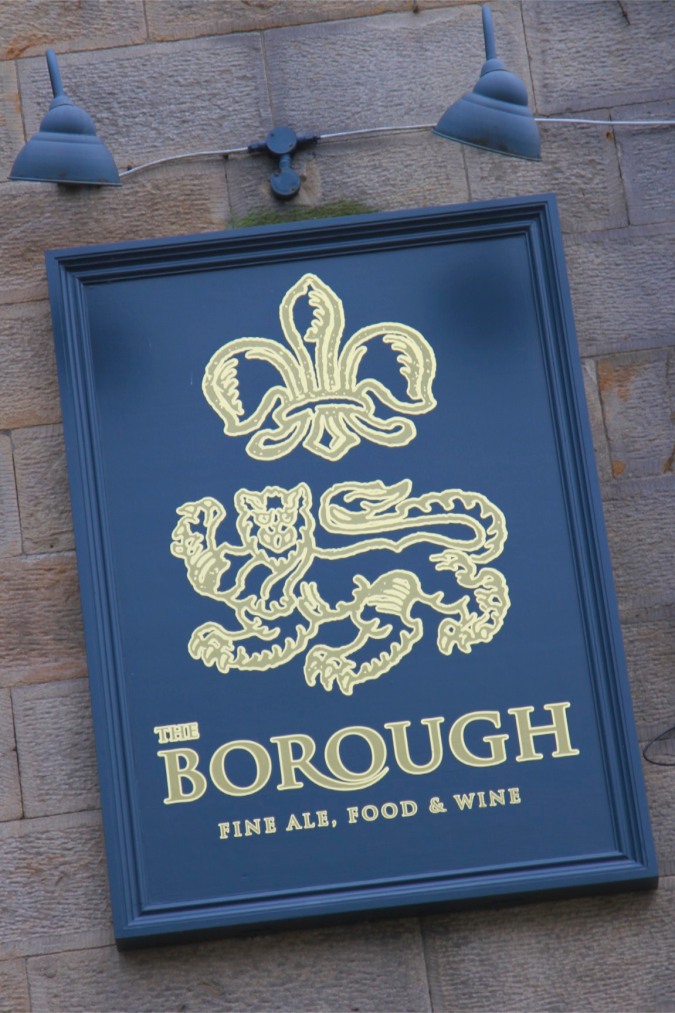Arkholme is a sleepy village with a cluster of houses dating from the 17th century. Walking through the village you would never guess that something extraordinary happened here. Arkholme, along with the nearby village of Nether Kellet, is one of only two Thankful Villages in Lancashire. A Thankful Village was one where all the men who served in the First World War returned alive. Fifty-nine men left Arkholme to fight, miraculously, all returned. Some of the men were wounded, other severely traumatised, but all were alive.
Given the carnage on the Western Front, its not surprising that only 52 villages in the whole country can claim to be Thankful Villages. If that isn’t remarkable enough, Arkhome is a Doubly Thankful Village. All the men who served in the Second World War also returned to the village alive. By some quirk of fate, Nether Kellet (only 5 miles from Arkholme) is also a Doubly Thankful Village. Only 14 villages in the whole country were fortunate enough to be Doubly Thankful Villages, and Lancashire the only county with two.



The River Lune flows past Arkholme on its 44 mile journey from Ravenstonedale in Cumbria to the Irish Sea at Lancaster. After walking from Burton-in-Kendal, I joined the Lune Valley Ramble at Arkholme and headed through glorious countryside towards Lancaster. The pastoral setting hasn’t changed much since it inspired 19th century poets and artists, including John Ruskin, William Wordsworth, JMW Turner and Thomas Grey.
The landscape is predominantly farmland and floodplains (the river can rise several feet); occasionally the route takes you into lovely wooded areas that rise up the hillside next to the river. All the time, the backdrop to this lovely lowland route is of high moorland and the distant hills of Ingleborough, Leck Fell and Whernside. Its simply beautiful. Occasionally you pass historic villages or structures, like the 17th century Loyn Bridge and 18th century Lune Aqueduct. Now and then you come across a pleasant warning from a friendly farmer…




At the point where the River Wenning flows into the RIver Lune, two towers loom large over the tops of trees. This is the village of Hornby, the towers the 16th century St. Margaret’s Church and 13th century Hornby Castle. Like many country houses, Hornby Castle has seen history and personalities wash over it. The estate has passed through numerous hands throughout its history. Its owners chose the wrong side during the English Civil War and had the estate confiscated by Parliament. They got it back following the Restoration of Charles II. Only to sell it again shortly afterwards.


The most notorious owner, and one of the most notorious men in Britain in the 18th century, was Scottish Lord, Colonel Francis Charteris. Charteris was dubbed a ‘rake’ by his peers – a hardened gambler and womaniser, while tens-of-thousands of ordinary investors lost everything, he made substantial amounts of money from the South Sea Bubble. His crimes went further though. He was found guilty of raping a servant, an act which earned him the nickname, Rape-Master General. As an aristocrat, he was quickly pardoned, but he was parodied by artists such as William Hogarth in A Harlot’s Progress.
The route brings you to the Crook ‘o Lune, so-called because the meandering of the river creates a shape like a shepherd’s crook – a scene immortalised by JMW Turner. It was here I took an unplanned detour. Inexplicably, I’d picked up the wrong map when I set out, the Crook ‘o Lune was one of my many ‘wrong map’ diversions. Still, it was very peaceful walking along the banks of the river, and I saw first hand what Turner had found so alluring about this place.



A few miles further west I found myself passing underneath John Rennie’s Lune Aqueduct, which I’d passed over a few days earlier walking along the Lancaster Canal. I plunged onwards towards Lancaster – only a mile and half from the aqueduct – and found myself on a well worn path enclosed by trees with other walkers and cyclists.

I finally arrived in Lancaster ten hours after setting off. This walk was more of an endurance test than a ramble; by the time I’d arrived at the finish line in the city centre, all I could do was seek out the nearest public house, take a seat and hope that a pint of the local Mitchells beer would help the recovery process.




Reblogged this on Oyia Brown.